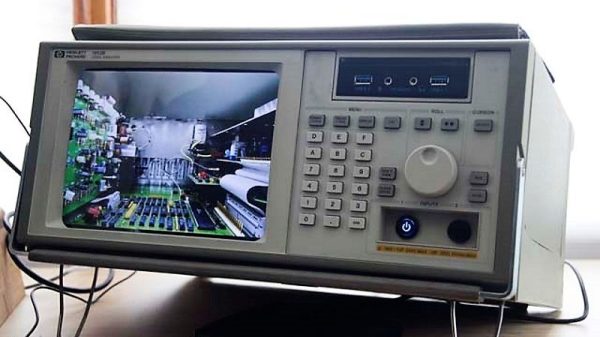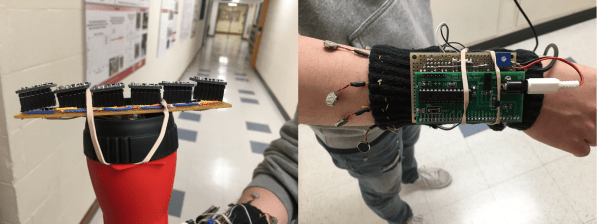[HobbyPartz] wanted his toy grade Radio Controlled (R/C) to drive a bit more like the real thing, so he upgraded it to hobby grade electronics.
If you didn’t know, there’s a pecking order in the R/C world. There are the toy grade cars which you can find at your local big box store, and the hobby grade cars, which grace the shelves of the local hobby shop. Toy cars often come with great looking shells – Corvettes, Lamborghinis, Porsches, or even Ferraris. It often seems like the manufacturer spent all their money licensing and molding the shell though because the mechanics and electronics leave a lot to be desired. You could pull the body off and put it on a hobby grade R/C car, but that could get expensive. It also can be tricky to find a car with exactly the right width and wheelbase.
[HobbyPartz] had just this problem with a great looking Ferrari Enzo model that you can see in the video below the break. As expected, the pretty shell hid some really cheap electronics underneath. This is easily fixed by pulling and tossing everything electronic. The steering system was non-proportional — only full left or right turns. He removed the existing steering hardware and hot glued in a standard R/C servo. Once the servo is in position, it’s easy to connect the linkages to the wheels themselves.



















